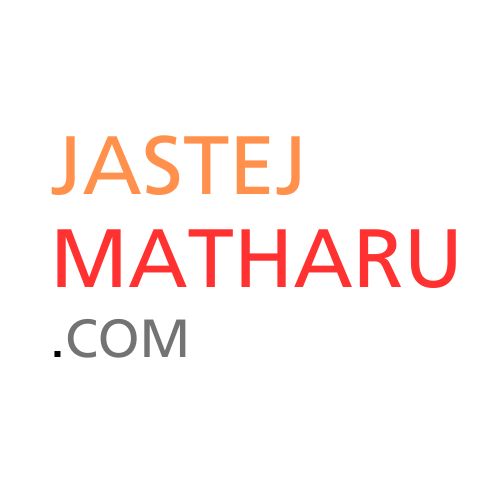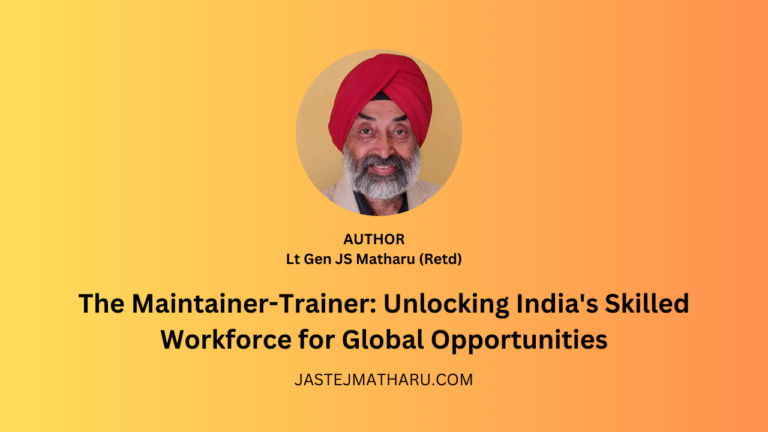The Symbiotic Relationship between Indigenization and Maintenance, Repair, and Overhaul (MRO) in Advancing Nations

Indigenization and Maintenance, Repair, and Overhaul (MRO) are critical for national economic growth and global competitiveness. Indigenization relies on scientific research, fostering innovation, and collaboration between government and private sectors. However, rapid technological advancements require continuous investment and refinement. MRO ensures equipment longevity, facilitates technology absorption, and supports domestic innovation. Strategic MRO facility placement is vital, especially in remote regions. Skilled personnel and investment are essential for effective operations. Decision-makers must balance crisis responsiveness and shareholder interests. Ultimately, strengthening indigenization and MRO enhances resilience, innovation, and self-reliance, ensuring sustainable technological progress in a rapidly evolving global landscape.








